Fractal Patterns
A fractal is a complex geometric shape that can be split into parts, each of which is a reduced-scale copy of the whole. Fractals are often self-similar and have repeating patterns at different scales. Fractal patterns can be found in nature, art, and mathematics, and they have many interesting properties. Studying fractal patterns can help us understand concepts such as self-similarity, recursion, and infinity.
Key Concepts:
- Self-Similarity: Fractals exhibit self-similarity, which means that the shape of the fractal is repeated at different scales. This property allows us to zoom in on a fractal and see similar patterns at every level of magnification.
- Recursion: Fractals are often generated through recursive processes, where a simple geometric shape is repeated with slight variations to create a complex and intricate pattern.
- Infinite Detail: Fractals are said to have infinite detail, meaning that no matter how much you zoom in on a fractal, you will always find more intricate patterns and structures, leading to the concept of "fractional dimensions".
- Applications: Fractal patterns have applications in computer graphics, art, architecture, and the study of natural phenomena such as coastlines, clouds, and mountains.
Study Guide:
To study fractal patterns, you can explore the following topics:
- Learn about the history of fractals and the mathematicians who contributed to the study of fractal geometry, such as Benoit Mandelbrot.
- Explore different types of fractals, including the Mandelbrot set, Julia sets, Koch snowflake, Sierpinski triangle, and Barnsley fern.
- Understand the mathematical principles behind fractal generation, including iterative algorithms and recursive functions.
- Examine real-world examples of fractal patterns in nature, art, and architecture, and consider the underlying processes that give rise to these patterns.
- Experiment with creating your own fractal patterns using software or programming languages that allow for recursive drawing and manipulation of geometric shapes.
By studying fractal patterns, you can gain a deeper appreciation for the beauty and complexity of the natural world and the mathematical principles that underlie it.
.◂Math Worksheets and Study Guides Fourth Grade. Money
Study Guide Money
Money  Activity Lesson
Activity Lesson How Much Change?
How Much Change?  Activity Lesson
Activity Lesson Garage Sale
Garage Sale  Activity Lesson
Activity Lesson Scarecrow!
Scarecrow!  Worksheet/Answer key
Worksheet/Answer key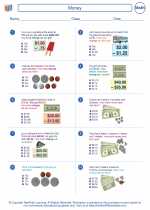 Money
Money  Worksheet/Answer key
Worksheet/Answer key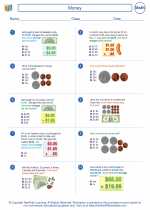 Money
Money  Worksheet/Answer key
Worksheet/Answer key Money
Money  Worksheet/Answer key
Worksheet/Answer key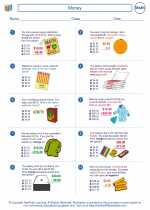 Money
Money  Worksheet/Answer key
Worksheet/Answer key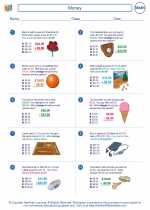 Money
Money  Worksheet/Answer key
Worksheet/Answer key Money
Money  Worksheet/Answer key
Worksheet/Answer key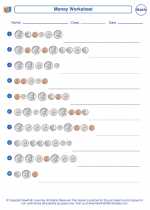 Money
Money 

 Activity Lesson
Activity Lesson
 Activity Lesson
Activity Lesson
 Activity Lesson
Activity Lesson
 Worksheet/Answer key
Worksheet/Answer key
 Worksheet/Answer key
Worksheet/Answer key
 Worksheet/Answer key
Worksheet/Answer key
 Worksheet/Answer key
Worksheet/Answer key
 Worksheet/Answer key
Worksheet/Answer key
 Worksheet/Answer key
Worksheet/Answer key
 Worksheet/Answer key
Worksheet/Answer key

Create And Print more Money worksheets with Money Skills Worksheets generator
The resources above cover the following skills:
Algebra (NCTM)
Use mathematical models to represent and understand quantitative relationships.
Model problem situations with objects and use representations such as graphs, tables, and equations to draw conclusions.